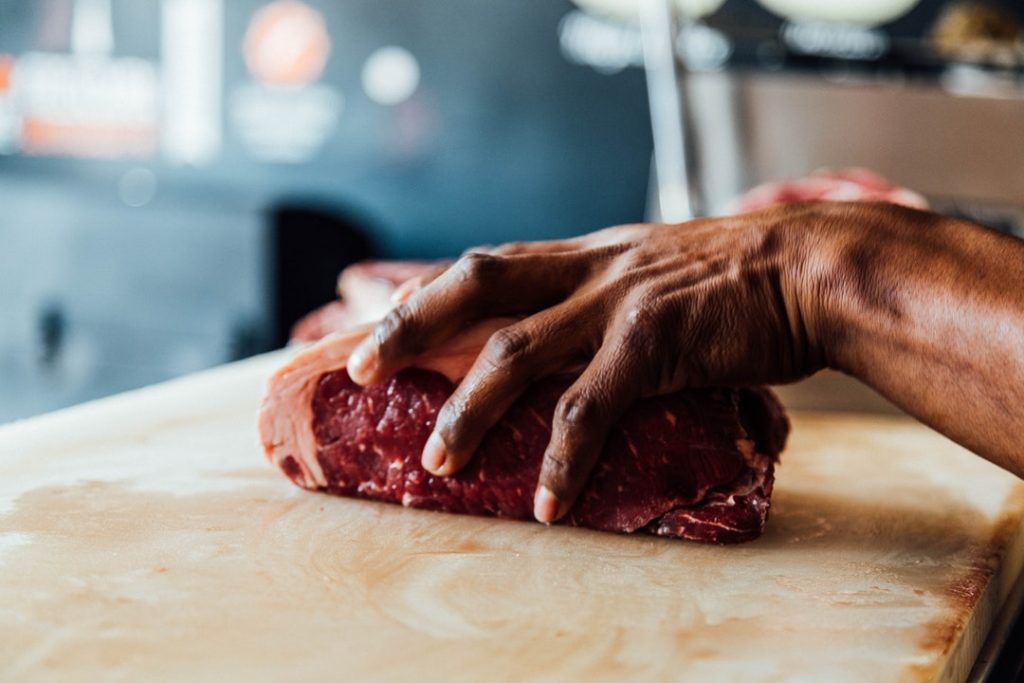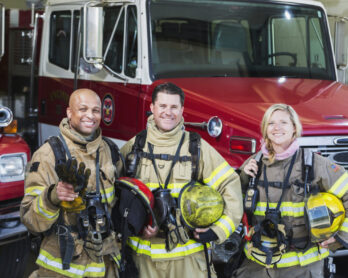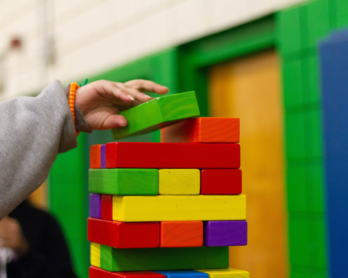The tools a restaurant has can set the tone for the whole concept. These butcher tools can help make your restaurant a trendy haven for carnivores.
What’s one dish that customers at your restaurant can’t quit raving about? Chances are it’s a dish that has a protein at the center of it-whether it’s pork, beef, chicken, fish or lamb.
And why exactly is this? Because people just love their meat.
Research shows that meat consumption in the United States in 2018 was expected to reach more than 222 pounds per person on average-a record amount.
Since meat is so popular, and since it’s such an important staple of your menu, shouldn’t your restaurant have the best butchering tools on hand?
Here’s a rundown on five basic butcher tools that will help your restaurant to stand out more than ever as a trendy haven for carnivores.
Let’s get started!
1. Top Butcher Tools Include Knives
As a restaurateur, you likely realize that these are some of the most critical tools to have on hand for fabricating meat.
However, not all knives are created equal.
Let’s take a look at the various types of knives available today and the particular cutting techniques they’re designed for.
Scimitar Knife
This is a curved, non-flexing knife that is designed to help you to smoothly trim sizeable meat cuts. You can also use this knife to portion cut cubes, stews, cutlets or steaks.
Due to its curved edge, the scimitar knife usually isn’t used to do chopping and mincing. These knives are available in lengths ranging from 10 inches long to 16 inches long.
Boning Knife
These knives are either five or six inches long, and they also come with either angled or straight blades.
In addition, you can get a very flexible boning knife or a completely stiff one.
If you’re looking for the perfect knife for general protein cutting, a six-inch, semi-flexible knife should do the trick.
Meanwhile, if you need a knife for boning pork loin, choose one that has some flexibility so that you can flatten it out and increase its surface area while boning.
If you’re boning a femur or shank-basically a straight-line bone-a stiff or non-flexible knife will give you more of the stability you need.
When purchasing a boning knife, make sure that it will properly fit the hand of the person who’ll be using it. Also, look for a knife that has texture on its handle, as this will help with reducing slippage.
Clam Knife
This knife can be handy for Frenching veal or lamb racks. You’ll essentially use it to scape membranes from bones.
Chef’s Knife
This knife may range from eight inches to 10 inches in length and is non-flexible.
You’ll use a chef knife to trim large cuts as well as for chopping, portion cutting, and mincing. However, the knife may be a bit cumbersome to use because of its width.
Slicer Knife
The slicer knife is 12 inches long and comes in stiff, flexible and semi-flexible models.
It isn’t as thick as a chef’s knife is. And its edge is straight-unlike that of the scimitar knife.
So, what exactly is it used for?
This knife can come in handy for portion cutting and trimming big cuts of meat.
2. Saws
Along with knives, saws can be immensely helpful for preparing meats in a commercial kitchen.
You can take advantage of two types of saws: a handsaw and a band saw.
Quality handsaws can help you to cut through bone with accuracy. Meanwhile, band saws can help with fabricating various types of cuts, including the following:
- Bones for a soup
- Stews
- Osso buco
- Bone-in roast
Extreme caution is especially necessary when using band saws. You’ll also need to make sure that this type of saw is maintained and cleaned properly according to the manufacturer’s instructions.
3. Meat Cleaver
Meat cleavers come in various sizes and weights and can help with cutting chops.
If you’re on the search for a large cleaver, the cleaver you select for your restaurant should be heavy enough to break through a chine bone.
You can add a small cleaver to your butcher tool collection as well. Small cleavers can be used for fabricating bone-in roasts that have been cooked, or for fabricating poultry.
Also, make sure that your cleaver is used only on butcher blocks, as the natural grain of a butcher block can easily absorb a cleaver’s shock. Otherwise, you’ll end up damaging your cutting boards.
4. Sharpening Stones
Be sure to include sharpening stones with your tools, too. After all, the more you hone your knife, the easier it will be for the user to make accurate cuts with it. This will also help to reduce incidences of injuries and mis-cuts.
Stones are available in many grit degrees. A higher grit number (for example, 1000) means you have a finer stone, while a smaller number (like 600) points to a coarser stone. Typically, you’ll sharpen a knife on a coarse grit and then finish on a fine grit.
Note that some stones should be used with honing or mineral oil, whereas others are to be used with water. Either way, don’t ever sharpen your knives on a stone that is dry. If you do, the stone will become filled with metal flakes, which will ultimately make it unusable.
5. Slicers
Finally, don’t forget to include a high-quality meat slicer in your kitchen. The slicer will come in handy for slicing meats and other deli items, like cheeses and sausages.
Slicers have historically been popular tools, and today, they’re still being collected and restored due to their high value. (Click here to find out more about the famous Berkel Trademark Slicers in particular.)
How We Can Help
In addition to highlighting some of the top butcher tools, we offer a number of other tips and advice to help people in the business.
Take a peek here to find out more about how to take your restaurant to the next level this fall.













